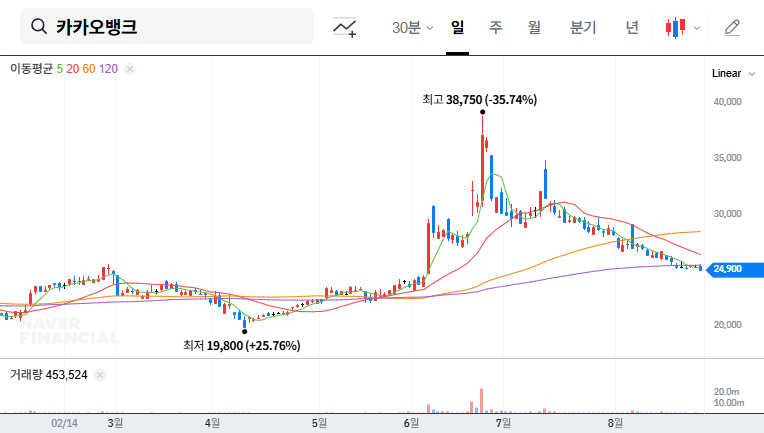Sindoh, a stalwart in the business solutions industry for over 65 years, has made a decisive move that has captured the market’s full attention. The recent Sindoh Seongsu-dong property acquisition, a massive KRW 220.2 billion investment, raises a critical question for investors: Is this a visionary step towards future growth or a high-stakes gamble amid declining core business profitability? This significant capital allocation into Seoul’s trendiest district demands a thorough examination.
In this comprehensive analysis, we will dissect the Sindoh real estate investment from every angle. We’ll explore the strategic rationale, analyze the company’s underlying financial health, evaluate the potential impacts on its operations and stock price, and provide actionable insights for current and prospective investors. Understanding the nuances of this deal is key to predicting Sindoh’s future trajectory.
The Landmark Deal: Sindoh’s KRW 220.2 Billion Acquisition
On September 30, 2025, Sindoh formally announced its acquisition of prime land and buildings in Seongsu-dong, Seoul. The total transaction value of KRW 220.2 billion represents a staggering 19.26% of the company’s total assets, underscoring the magnitude of this strategic pivot. The deal was financed entirely through the company’s internal cash reserves, a testament to its conservative financial management over the years. The company officially detailed this transaction in its public filing (Source: Official Disclosure).
Key Transaction Details:
- •Asset: Land and buildings in Seongsu-dong 2-ga, Seongdong-gu, Seoul.
- •Acquisition Amount: KRW 220.2 billion.
- •Financing: 100% internal cash funds.
- •Stated Purpose: Enhancement of long-term asset value via investment properties.
Strategic Rationale: Why Seongsu-dong? Why Now?
While the Sindoh Seongsu-dong property acquisition may seem disconnected from its core copier and printer business, it aligns with a broader strategy of portfolio diversification. The company’s traditional market is mature and facing headwinds from digitalization. This move into real estate is a clear attempt to hedge against these challenges and build new, stable revenue streams.
Sindoh’s official purpose for the acquisition is to ‘enhance long-term asset value.’ This signals a shift from purely operational revenue generation to a blended strategy that includes significant asset appreciation.
Seongsu-dong is not just any location; it’s the epicenter of Seoul’s modern cultural and business boom. Once an industrial zone, it has transformed into a vibrant hub for tech startups, luxury brands, art galleries, and trendy cafes. This makes it a prime location in Seoul’s booming real estate market, offering immense potential for both capital gains and high rental yields. By securing a foothold here, Sindoh is positioning itself to benefit from the area’s continued growth.
Sindoh Financial Analysis: A Company at a Crossroads
To understand the context of this investment, a deep dive into Sindoh’s fundamentals is crucial. The company presents a mixed financial picture.
Strengths (The Foundation)
- •Rock-Solid Balance Sheet: A low debt-to-equity ratio showcases excellent financial stability.
- •Strong Cash Position: Growing cash reserves provided the firepower for this acquisition without taking on debt. For a deeper dive into our analysis of corporate financial health, see our guide on evaluating balance sheets.
- •Shareholder-Friendly: A history of stable dividends indicates a commitment to returning value to investors.
Weaknesses (The Headwinds)
- •Eroding Profitability: The core business has seen declining sales and a significant net loss, pressured by market saturation and intense competition.
- •Negative Cash Flow: Weakening operating cash flow raises concerns about the core business’s ability to generate cash internally.
- •Operational Inefficiency: A low production utilization rate of around 37% points to inefficiencies in its manufacturing operations.
Impact on Sindoh’s Stock and Future
The Sindoh stock price has been volatile, and this acquisition introduces new variables. In the short term, the market may react cautiously. A KRW 220.2 billion cash outflow, when the core business is struggling, could be viewed as a risky use of capital. However, the long-term perspective could be far more positive. If the Seongsu-dong property generates significant rental income or appreciates in value, it could transform Sindoh’s financial profile and provide a powerful new catalyst for its stock price.
Investor Takeaways & Action Plan
For investors, the Sindoh Seongsu-dong property acquisition is a pivotal event. The key is to monitor how the company balances this new venture with the need to revitalize its core operations.
- •Monitor for a Clear Strategy: Watch for clear communication from management about their development plans for the property and their strategy to improve core business profitability.
- •Track Financial Health: Keep a close eye on quarterly reports to see how the cash reduction impacts liquidity and whether operating cash flow begins to recover.
- •Assess Real Estate Performance: Look for news regarding tenants, development progress, or valuation updates for the Seongsu-dong asset.
Ultimately, this investment could be the masterstroke that redefines Sindoh for the next decade. However, its success hinges on shrewd execution and a concurrent turnaround in its primary business. Cautious optimism and diligent monitoring are the recommended approaches for investors.







